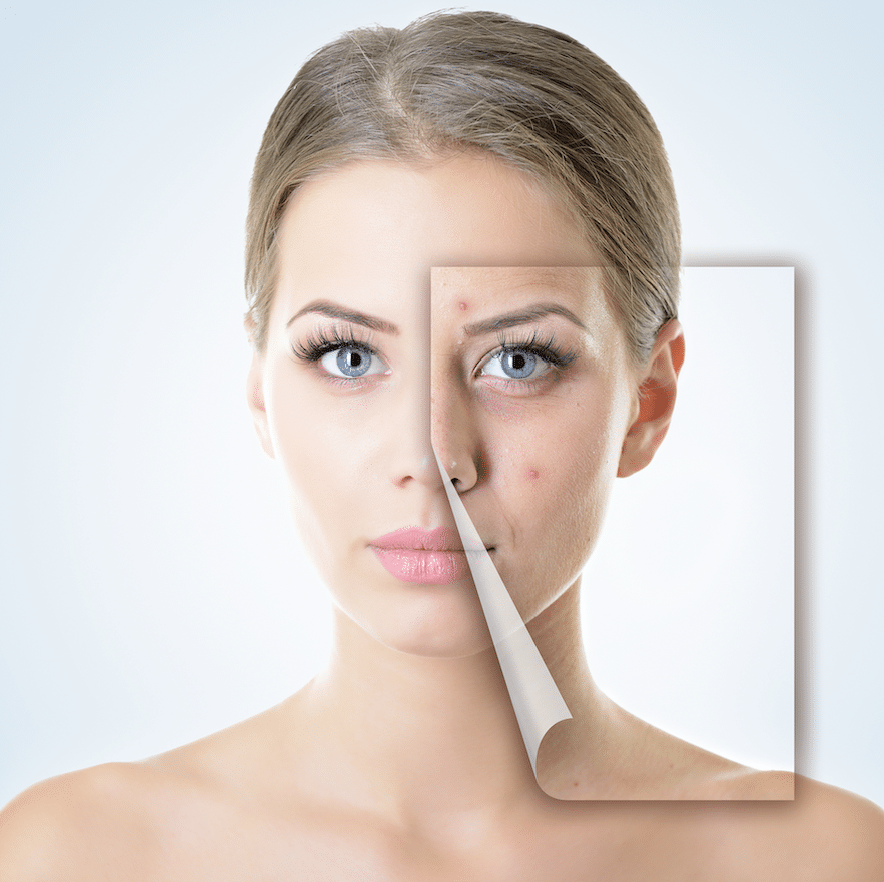Acne is a common problem for teenagers. It can cause a lot of stress for anyone who has it.
But most of the time, acne does not lead to any major health issues, and it can easily be treated. There are actually many ways to treat it, from lifestyle changes to soaps and cleansing products.
But there are different types of acne, such as pimples, blackheads, whiteheads, and more. One of them is also known as fungal acne.
But what exactly is fungal acne? And what does fungal acne look like?
What Does Fungal Acne Look Like?
Unlike typical acne, fungal acne is not caused by bacteria or sebum buildup in pores. Rather, it is a skin condition.
In medical terms, it is known as pityrosporum folliculitis. It looks similar to that of a pimple, which is why it is often mistaken as such.
Fungal acne looks like a bump in the face, much like a pimple, and is distributed in clusters. The colors of fungal acne are usually either white or red.
Fungal acne is a type of infection in the skin’s hair follicles. It occurs when the hair follicle becomes infected and inflamed most of the time.
And the way you can treat fungal acne is also different from the other types of acne, such as acne vulgaris, as the cause of it is also different.
How To Treat Fungal Acne
Most of the time, acne is caused by the accumulation of oil and bacteria in the pores, whereas fungal acne is caused by an overgrowth of yeast, which is a type of fungus.
Although yeast is always present in our system, our bodies can balance it with bacteria also found in our bodies. But once that natural balance is upset, the development of fungal acne arises.
It can be caused by trapped moisture, such as wearing sweaty clothes again. It may also be caused by eating too many carbohydrates.
Antibiotics can also cause fungal acne. Sometimes, antibiotics can reduce bacteria in the skin, upsetting the balance and allowing yeast to overgrow, which then causes fungal acne.
People with more vulnerable immune systems are also susceptible to fungal acne. How fungal acne is treated is also different from real acne.
It is best not to use medications and other types of treatment for acne when treating fungal acne. This is because typical acne treatment will not address the underlying causes of fungal acne, and therefore have no effect on it.
Some home remedies may work best to either prevent or treat fungal acne. Showering more regularly and changing clothes immediately after sweating can help prevent fungal acne as it washes away excess yeast growing in moist environments.
Certain body washes and dandruff shampoos can help against fungal acne. Dandruff shampoos containing pyrithione zinc or selenium sulfide tend to work best against fungal acne.
Additionally, you can even use it as a body wash despite off-label use on these shampoos.
Wearing loose clothing is also a possibility, as fungal acne is known to accumulate as a result of sweating. Furthermore, sweating is more likely to occur when wearing fitting clothing rather than loose clothing.
If you think you may have fungal acne, consult your dermatologist to get the right treatment for you.








